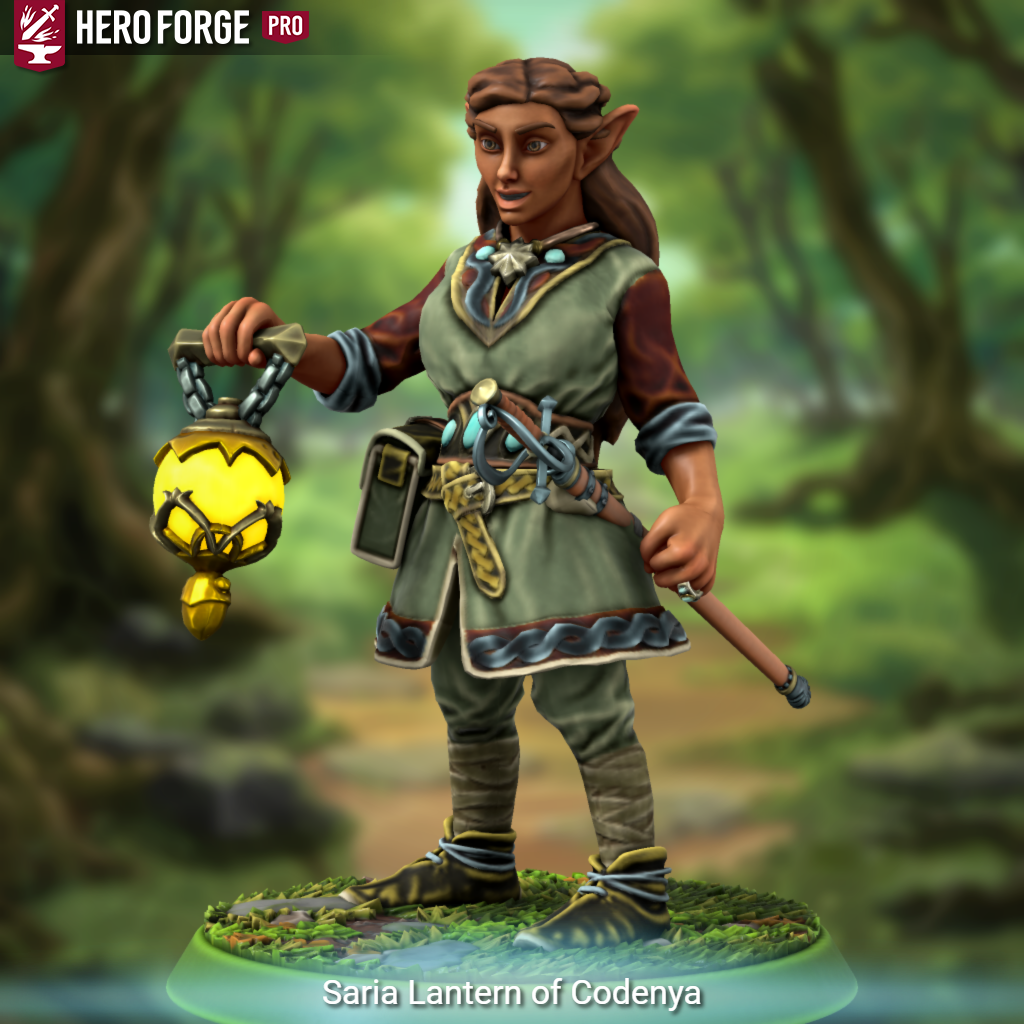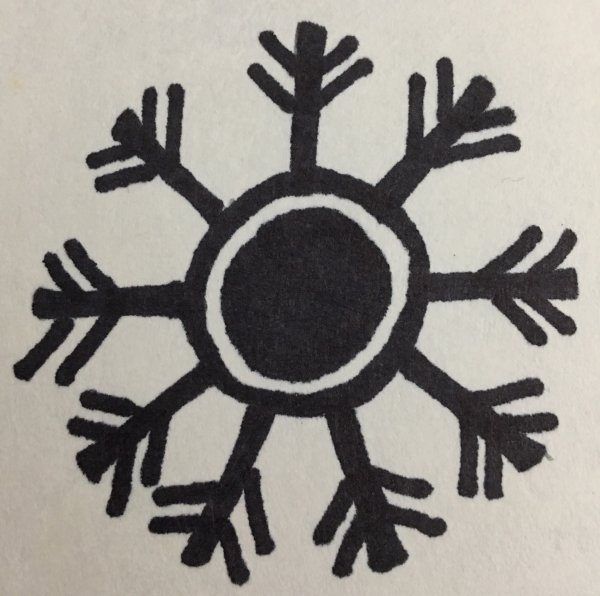wood elves
The wood elves are a large culture of Third Age elves in Scarterra hailing from the forested realm of Codenya. The name "wood elves" was given to them by outsiders and most wood elves are okay with the label though a few insist on being called "Codenya elves".
Most wood elves do not leave Condenya unless the situation is very serious, but there is a major exception. As young adults, wood elves take a decade or a few decades to explore the outside world before returning home (or deciding never to come back). This period of time is typically called the Rumspringa.
Culture
Major language groups and dialects
Wood elves learn Elven as their mother tongue. The Wood elf dialect of Elven is distinct from the other major dialects of Elven but other elves rarely have trouble understanding them.
Culture and cultural heritage
With the major exception of the Stewards of Korus, most local wood elf priests and priestesses prefer to have minimal contact with their ecclesiastical brothers and sisters outside of Codenya. That said, wood elf priests and theurgists have no issue at all mingling with other religious figures of their traditional allies such as the forest gnomes and the Codenya satyrs.
Average technological level
Wood elves may live a quasi-barbarian life style, but they have roughly the same technology available to them that most of the so called "civilized" humans and elves have access to.
Wood elves want to preserve the forest of their homeland but they are not unwilling to cut down trees. They still clear forests to make way for farmland and houses much like other Scarterrans do. They just to try to space out their cutting, so that they don't completely deforest any one area. Not too surprisingly, their carpenters and woodworkers are highly skilled and efficient because if they do chop down a tree, they don't waste any of the lumber.
Wood elves have less reliable access to metal goods than most dark elves, grey elves, and most humans, but they have a well-developed metalworking tradition of their own with roots in the Second Age. The land of Codenya even as a small number of mines.
Because they don't have as many mines as most other Scarterrans, wood elf metalworking often prioritizes avoiding waste. They are very good at reworking and recasting broken weapons and tools. Wood elves don't import much from the outside world, but what they do import is disproportionately metal goods.
Wood elves mages are proportionately more common than most human cultures. A majority of wood elf mages are wizards. No single wizarding tradition dominates politically or economically. The wood elves have their own cultural variants of rune casting wizards, classical hermetic wizards, body wizards, with aesthetic hermetic wizards possessing a slight plurality.
Wood elf sorcerers and sorceresses are very rare. Wood elf witches and warlocks are relatively common and they are somewhat less stigmatized than witches and warlocks in other cultures
Wood elf commoners are better educated on the basics of how arcane magic works than most human commoners are, so it is difficult for a mage to impersonate a member of another tradition. Because of this, wood elf mages often dress loudly to make their magical tradition very obvious (aesthetic hermetics being the exception that proves the rule).
Common Dress code
Wood elves usually dress practically and in the land of Codenya, "practical" usually means not impeding movement, so moderaterly form fitting and breathable is the norm. "Practical" also means weather appropriate and most of Codenya has very pronounced seasonal variation.
Most wood elf formal events occur in the autumn and winter (when wood elves are more likely to gather in large numbers), so formal clothing tends towards being thick and warm.
Art & Architecture
Most wood elves follow Zarthus' ideology and values to some extant and this includes valuing artistic expression. Because most wood elves have a semi-nomadic lifestyle, large non-portable art is not favored though their few permanent settlements often have large sculptures or murals as part of the architecture. Music, storytelling, and poetry are popular forms of art because these forms of art are highly portable.
Jewelry is also popular. While some wealthier wood elves do use precious metals or gems to flex status, but wood elf jewelry culture generally values personal expression and creativity over cost. Wood elves are more likely to make their own jewelry rather than purchase their adornments from a professional jeweler though some celebrated jewelry craftsmen will commonly guide and assist many wood elves in creating their own jewelry, often doing the proverbial heavy lifting during the creation process.
Foods & Cuisine
Wood elves blur the line between hunting and gathering and farming. For more information on this, check out "How do most wood elves feed themselves?".
Wood elves do have an aristocracy of sorts but unlike most other Scarterran (including most other elves), wood elves rarely differentiate between "rich food" and "peasant food".
Because wood elves are so isolationist and their trade with distant lands is very limited, wood elves are not able to use many spices in their cousine, but their knowledge of local herbs available in temperate forests is unsurpassed in all Scarterra.
Wood elf cousine is valued by many humans and other non-wood elves. Few outsiders are allowed to visit Codenya, but more than a few wood elves on Rumspringas have made good money as herbalists and cooks and "wood elf style cooking" has gradually seeped into the human names that border Codenya.
Birth & Baptismal Rites
Like with most passage of life rituals, wood elf birth rites have a lot of cultural and family variation but tend to follow broad patterns overall.
Name days usually occur eighteen days after an infant's birth whereas most humans and even most other elves only wait nine days, if even that long.
Given that wood elf population is so widely dispersed, the extra time makes it easier for the parents to find a priest or priestess to preside over the naming ceremony. It also provides extra time to invite grandparents, aunts and uncles and other extended family.
Naming ceremonies are usually short and simple affairs, often with some kind of ritual annointing of earth and/or water on the infant's head.
Beltaine is a very important holiday in Codenya and wood elves try to gather in large groups at this time. Among other Beltaine rituals, all wood elf children under nine years old are given a formal blessing at these gatherings.
Coming of Age Rites
Coming of age rites vary tremendously across wood elf society but young adolescents usually go on some kind of vision quest alone or in small groups in a wild area while fasting.
Young adults usually take a Rumspringa to roam the wider world of Scarterra for a decade or two before returning home to the forests of Codenya.
Funerary and Memorial customs
Funeral customs vary widely and there is no standard funeral practice in Codenya. In general, wood elves place more emphasis on the spirit of the deceased than the remains of the deceased. If a wood elf is cremated, their family members probably do not keep the urn very long before spreading the ashes somewhere, and if a wood is buried, it is most often in an unmarked grave where they are left to quietly decompose and have their remains anonymously return to nature.
Ideals
Beauty Ideals
Both sexes of wood elves consider signs of health and robustness as being attractive. Like most other elf subcultures, both men and women tend to grow their hair out long though this is a norm not a rule.
All four elemental ethnicities are present in Codenya somewhere. Like follows like, and wood elves have a broad tendency to gravitate towards mates with similar elemental blends to themselves.
Gender Ideals
Wood elves are generally fairly egalitarian relative to other Scarterrans, and rarely push people into taking specific gender roles letting boys and girls pursue their interests as they see fit as long as they help the community.
That said, there are small biases noticeable. Professional soldiers and craftsmen skew towards male representation. The priesthoods and herders skew towards female representation.
Courtship Ideals
Wood elf courtship is generally fairly informal, but young adults often are going to find their parents extended family are going to going to become fairly pushy about "When are you going to get married?" usually starting ten years after they return from their Rumspringa. If a wood elf wants to stay single while avoiding this social pressure, he or she does not have a lot of options other than join a priesthood that encourages celibacy. The other major option is to never return from their Rumspringa.
Arranged marriages are relatively uncommon outside of the aristocracy and even highborn wood elves can wiggle out of arranged marriages relatively easy if they truly do not like their would-be marriage partner.
If a wood elf is lucky enough to find their "soul mate" relatively young, the young lovers may take their Rumspringa together. More often than, couples that do this drift apart during their Rumspringa but the couples that stay together through their entire Rumspringa tend to be very solid. Many choose to get married on their Rumspringa.
Relationship Ideals
Elves live a long time. Most wood elves understand that life time commitment is a very big ask for people with a four hundred year life expectancies.
Wood elves have advanced lore on herbs with contraceptive properties, so they are generally more concerned with avoiding the creation of bastard babies than they are with avoiding extramarital sex.
Even if the parents aren't married, wood elf mothers and fathers face a lot of social pressure to co-parent civilly. Since Codenya has a large number of Zarthus temples, they always have the option of dropping off a basket baby as a last resort but this is culturally considered a somewhat shameful act.
Rampant promiscuity is generally frowned upon by wood elf society but serial monogamy is generally viewed as acceptable, at least among lowborn elves. Divorce is not especially common, but it is more common among wood elves than most human societies and it is certainly more common than grey elves and dark elves.
Wood elves generally face less stigma for creating half-elves than grey elves and dark elves experience, as long as the parents take responsibility for their children.
Parent ethnicities
Diverged ethnicities
Encompassed species
Related Organizations
Related Myths
Related Locations








Comments